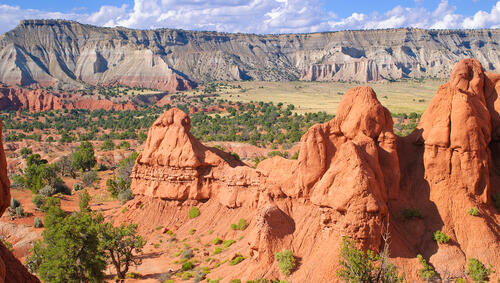Established in 1916, America’s system of national parks is a true treasure, the crowning jewel of conservation efforts that preserve our country’s wild and precious outdoors. And while the nation’s 63 national parks are definitely worth visiting, public lands come in many forms. There are plenty of other pristine and protected areas that offer stunning scenery and recreational opportunities, often with fewer crowds and low or free admission. Here are five of our favorite places that aren’t national parks, but are perfect for communing with the great outdoors.
El Yunque National Forest, Puerto Rico
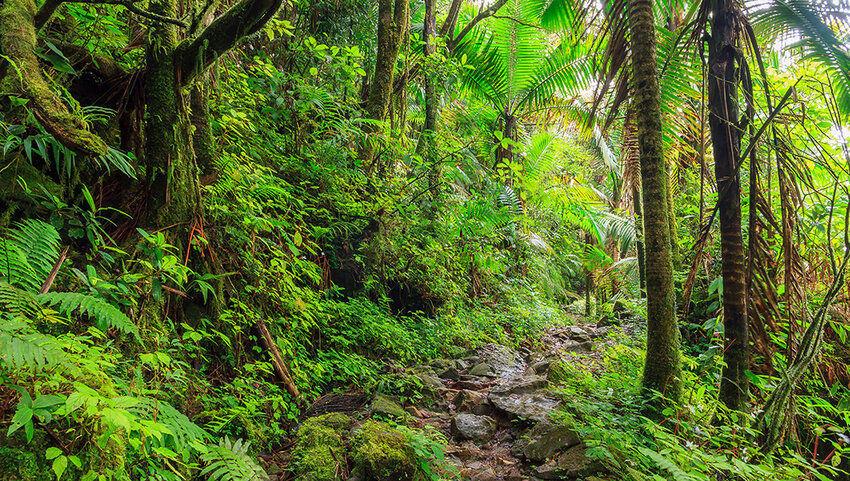
Covering just under 29,000 acres, Puerto Rico’s El Yunque is one of the smallest national forests but—as the only tropical rainforest in the American system — one of the most biologically diverse. The highest peaks of the mountains are often shrouded with clouds, where conditions create a unique forest of dwarf trees that have been stunted by heavy rains, thin soil and harsh winds. At lower elevations, hundreds of waterfalls splash down to form refreshing pools, lovely for a swim after hiking one of the forest’s many trails. For a view of the ocean, head to the Yokahú Observation Tower, which stands 1,575 feet overlooking the lush jungle.
Soldier Meadows Hot Springs, Nevada
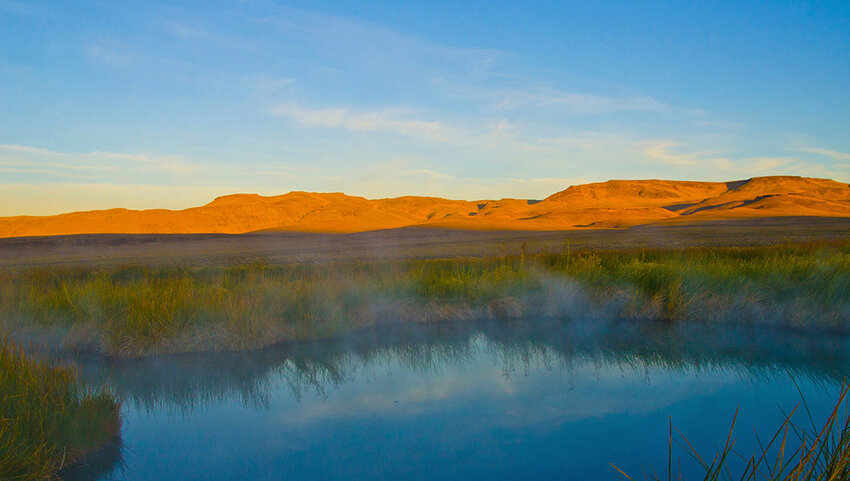
Northwestern Nevada’s Black Rock – High Rock Emigrant Trails National Conservation Area is famous as the home of the annual Burning Man festival, which is held on a prehistoric lake bed known as a playa. But beyond Burning Man, you’ll find 800,000 acres of historic wagon trails, mountain vistas, dark skies and—for those with four-wheel-drive vehicles — hot springs perfect for soaking. At Soldier Meadows, a series of dammed pools are terraced off from a naturally occurring geothermal river. The temperature of the waters can be above 100 degrees, so enter carefully and wear river shoes to protect from broken glass along the bottom. Free primitive campsites are scattered near the springs.
Kodachrome Basin State Park, Utah
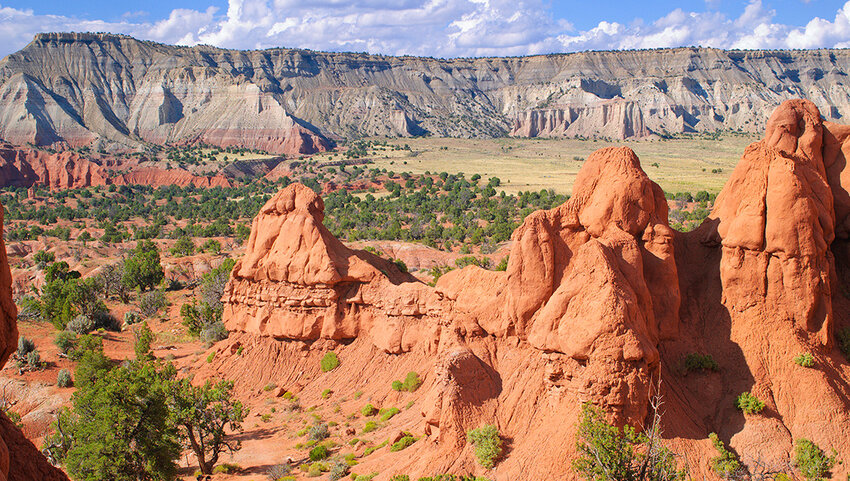
Utah’s “Big Five” national parks — Canyonlands, Zion, Bryce Canyon, Arches and Capitol Reef — are world-renowned for good reason, but don’t sleep on the other natural attractions awaiting you in the Beehive State. The shades of sandstone on display in this region of southwestern Utah so entranced a team from the National Geographic Society that they asked permission from Eastman Kodak to name the area after the company’s popular color film. Sixty-seven monolithic stone spires are scattered throughout Kodachrome Basin State Park, the result of almost 200 million years of geologic transformation. The park’s trails can be explored on foot or by mountain bike. But for an unforgettable experience, rent a horse and play cowboy for a few hours among the majestic stone towers.
Apostle Islands National Lakeshore, Wisconsin
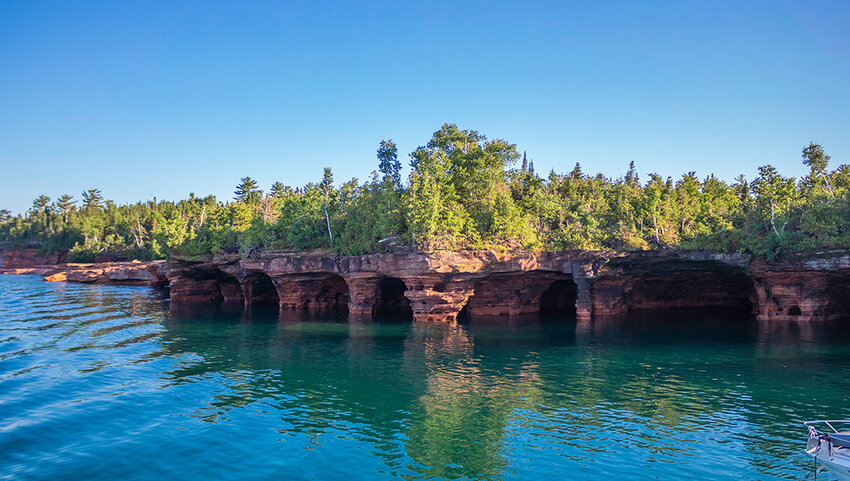
A stretch of coastline and 21 islands at the northern tip of Wisconsin comprise this stunning Lake Superior recreation area. Bald eagles, black bears, weasels and wolves call this pristine landscape home, and the confluence of boreal and temperate forests nurtures a diversity of plant and birdlife as well. Dramatic cliffs and pirate-worthy sea caves beg for exploration on foot or by kayak, and two of the islands (Sand and Raspberry) have 19th-century lighthouses. Scuba divers can explore dozens of shipwrecks resting on the bottom of the famously treacherous lake.
Mt. Baker-Snoqualmie National Forest, Washington
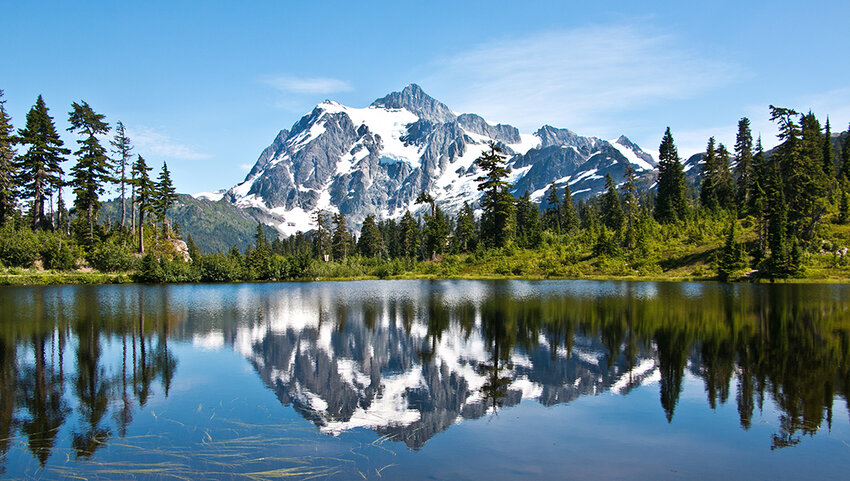
Two volcanoes, 800+ lakes, and more glaciers and snowfields than any forest in the Lower 48 — those are only some of the draws at this spectacular national forest along the western slopes of the Cascade Mountains. Stretching 140 miles from the Canadian border to the northern boundary of Mt. Rainier National Park, Mt. Baker-Snoqualmie covers 1.7 million miles and is barely more than an hour’s drive from the Seattle metro area. Hike 1,500 miles of trails, splash in waterfalls, pick berries and — when the snow falls — join locals on the slopes of a beloved ski resort.

